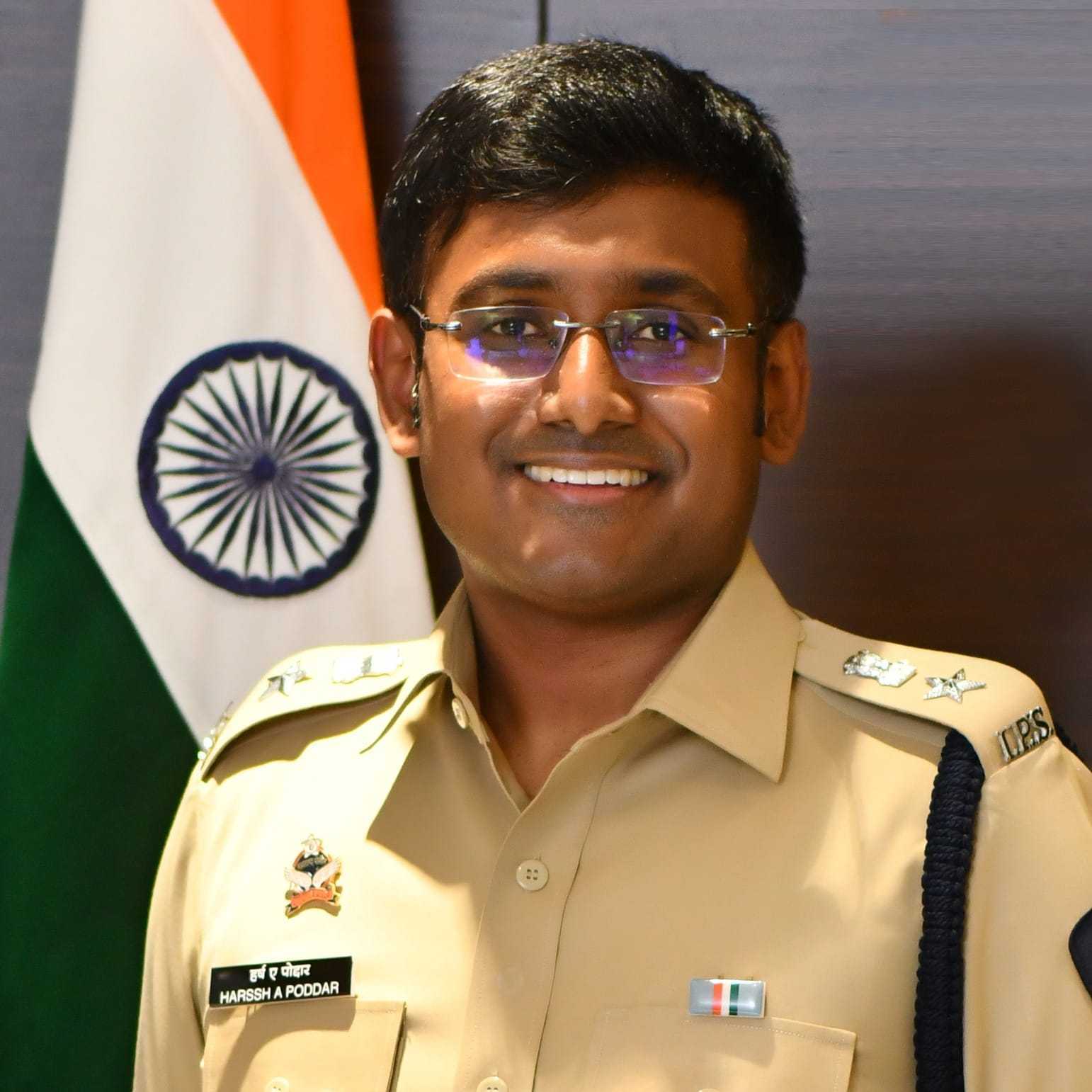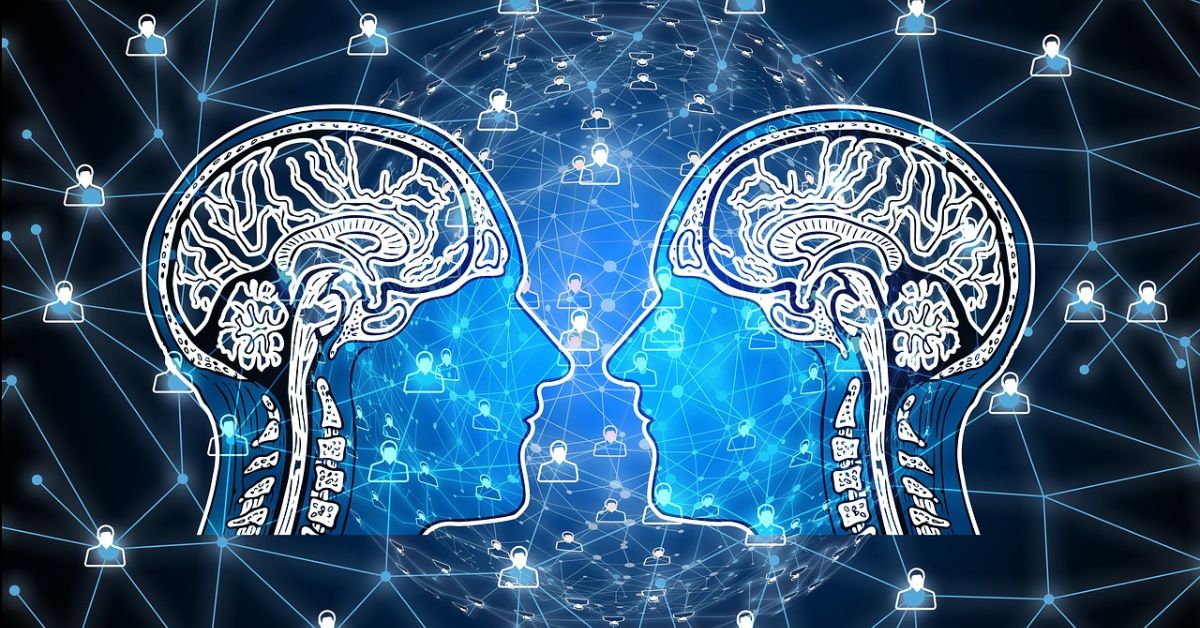Artificial Intelligence (AI) can predict wars. Sounds unbelievable?
Raven Sentry, an American AI tool, was able to predict Taliban attacks in Afghanistan. An Economist report states that the model had achieved 70% accuracy by October 2020. Since then, law enforcement agencies across the world have turned to AI to help understand patterns and build indicators.
Similarly, the Maharashtra government has decided to take the help of AI to help the state police force perform their duties more efficiently. This will be done through Maharashtra Research and Vigilance for Enhanced Law Enforcement (MARVEL), a separate entity, created in March 2024.
Stated to be the first of its kind in the country, this initiative is dedicated solely to the integration of artificial intelligence into law enforcement. The entity’s core mission is to develop AI tools tailored to the needs of various law enforcement agencies within the state. These tools are not just generic solutions but are tailor-made to meet the specific requirements of different police departments. They will improve crime prediction and enable speedy resolution of cases.
MARVEL will be used for various critical applications – from missing persons, hit and runs to organised crime, amongst others.
Sujata Saunik, Chief Secretary of Maharashtra, states that the mission is to use the latest AI tools on crime data to speed up investigations, leading to conviction.
Here’s a deep dive into how this AI tool can possibly change the way cases are handled.
AI to augment, not replace humans
MARVEL is a Special Purpose Vehicle (SPV), formed through a tripartite agreement between the Maharashtra government, Indian Institute of Management (IIM)-Nagpur and Pinaka Technologies Private Limited. It is owned by the government.
Harssh Poddar, SP of Nagpur Rural and ex-officio Director and Chief Executive Officer (CEO) of MARVEL spoke to The Better India about the idea.

“The home department realised that it’s important to introduce AI into law enforcement, largely for the purpose of data analytics and pattern detection. Police or any law enforcement agency have a lot of data, which can be suggestive of various patterns. Studying these patterns can help in crime prevention,” shares Harssh.
The main mission of MARVEL is to augment, not replace, human law enforcement. Seasoned officers, like head constables or inspectors, assess large volumes of data and provide valuable insights based on the patterns they recognise. This entity would perform these tasks too, once a large amount of data has been collected.
With the proliferation of technology in urban spaces—such as the widespread use of CCTV cameras and mobile phones, which frequently capture photos and videos—many crimes are now recorded digitally. AI algorithms can analyse this visual data to predict and prevent crimes, as well as to detect them after they occur.
Stating an example of chain snatching cases, the Nagpur rural SP states that the role of AI can be crucial.
“AI might notice details in CCTV footage, photos and videos, that a human might miss, such as the specific make of a motorcycle, the speed at which it travels, or the type of helmet used by the perpetrator. These subtle patterns can be crucial in solving cases and preventing future crimes,” he adds.
While other states too might be using AI to help augment law enforcement, Maharashtra might be the first to create an independent entity for the same.
One must keep in mind that the role of MARVEL is not to provide solutions on a case to case basis. Instead, it focuses on developing tools and algorithms that law enforcement agencies can deploy in their operations.
Giving an example, the Nagpur Rural SP states that if a particular police team wants an AI tool to deal with cases of missing people, and share their requirements, MARVEL would design it and share it.
“We are not an investigative agency that is providing help with particular cases. We would design a tool depending upon the requirement of the other agency and then we would hand it over to them,” stresses Harrsh.
How AI can solve complex crimes
Currently, MARVEL is working on five different projects for as many agencies. It has 25 technical experts.
“The AI tools will be able to layer data and give a fair sense of what might have happened. It would give predictive modelling solutions, which officials will then have to interpret. It will show you trends,” adds Sujata Saunik.

Some of the major use cases would include missing women and children cases, where AI algorithms are already being used.
“Districts like Nagpur have CCTV cameras under smart city projects, thanks to which, large volumes of visual data can be analysed rapidly. If you’re able to get the metadata of large volumes of CCTV footage, you can have any AI algorithm that is able to go through it in order to detect a person that you are looking for,” adds the CEO of MARVEL.
Stating other examples, he adds that this tool would be very useful in accidental deaths, hit and run cases. Even in the absence of CCTV cameras, the suspect vehicles can be found through AI by scanning CCTV footage of toll plazas nearby.
“The AI algorithm can actually make a calculation for you to be able to say which vehicles would have passed at the point of accident at this speed. This would essentially narrow down the suspect list to four or five vehicles, making investigation easier,” he adds.
Another major area where AI will play a huge role is in organised crime cases like narcotics, human trafficking, wildlife trade. These cases come with massive amounts of data across several years, including financial transactions, communication records, and surveillance footage. AI’s ability to perform relationship mapping and pattern recognition makes it an invaluable tool in these complex investigations, explains Harssh.
While AI can process and analyse data at scales beyond human capability, the technology is still in its early stages. The more data AI algorithms are exposed to, the more refined and accurate they become, just like Raven Sentry proved. Initially, while the predictions weren’t correct, as and when the data increased, it predicted an attack in Jalalabad, Afghanistan, which occurred a few days later.
MARVEL’s long-term goal is to perfect these algorithms over time, ensuring that they can eventually provide near-flawless support to law enforcement agencies.
As the technology continues to evolve, MARVEL’s work today is setting the stage for a future where AI and human expertise work hand in hand to maintain law and order.
Edited by Padmashree Pande.
No comments:
Post a Comment